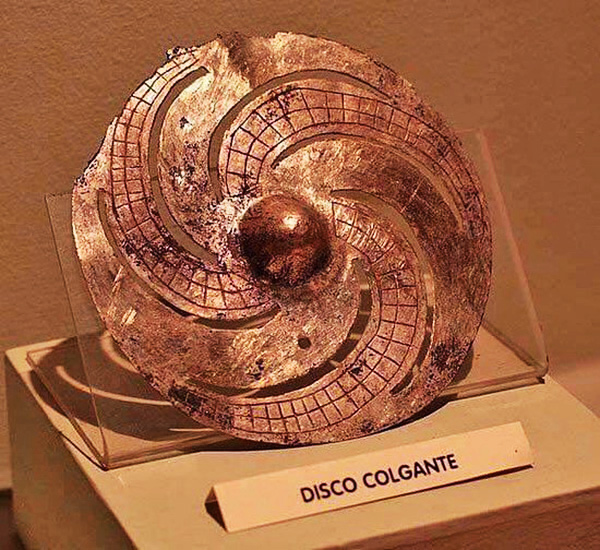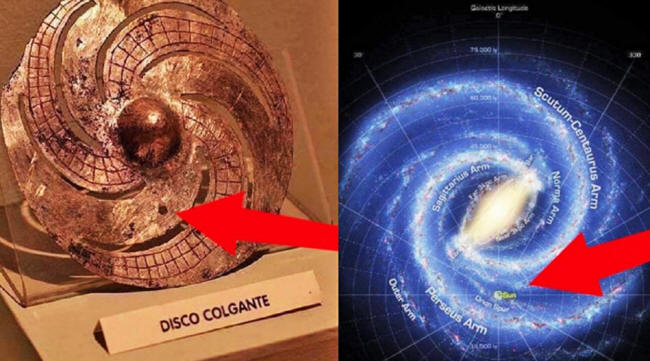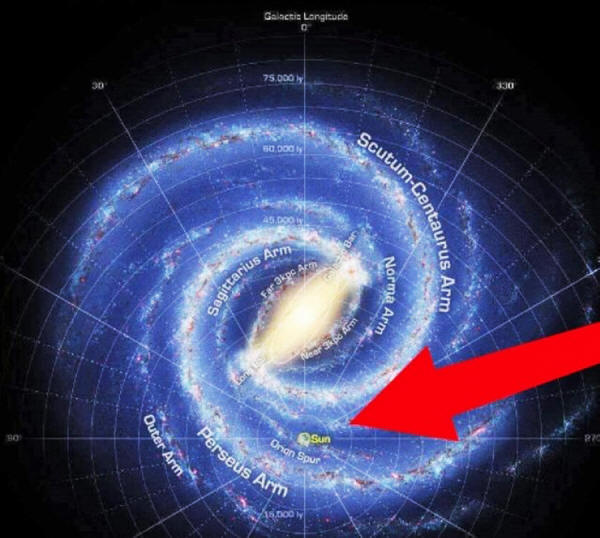|
by Ellen Lloyd November 20, 2020
from
AncientPages Website
Who made the 'Disco Colgante' and why? Credit: Fractal Holographic Universe
Unknown High-Tech Device, Representation of a Spiral Galaxy or Something Else?
It may just be a
coincidence of course, but the 'Disco Colgante' makes us easily
think this is a graphic representation of
the Milky Way, or perhaps some
other spiral galaxy.
Some of the world's oldest cave paintings have revealed ancient people had relatively advanced knowledge of astronomy.
The artworks, at sites
across Europe, are not simply depictions of wild animals, as was
previously thought. Instead, the animal symbols represent star
constellations in the night sky, and are used to represent dates and
mark events such as comet strikes.
The magnificent solar
alignment phenomenon in Abu Simbel is an extraordinary event when
people from all over the world come to watch how the Sun illuminates
the face of Pharaoh Ramses II.
'Disco Colgante' is, without doubt, a very interesting artifact but it does pose a challenge to anyone willing to determining its purpose.
The object is kept at the
Rafael Larco Herero Archaeological Museum in the capital of
Peru, Lima. Arms of the Milky Way
and location of our Sun.
The Milky Way has four main spiral arms:
If the ancient Peruvian
disc is really a representation of a spiral galaxy, then it's not
the Milky Way.
They dominated the desert through a complex irrigation system, built adobe pyramids, and, like many ancient cultures, used religion to unify society.
Archaeologists have
unearthed many fascinating Moche artifacts but nothing that reminds
us of this peculiar disc. It's a beautiful ancient artifact,
but its purpose is still a riddle.
The purpose of 'Disco Colgante' remains unknown, but it's not the first time we come across puzzling artifacts that resemble parts of some high-tech devices.
The ancient
Egyptian Schist Disc-Bowl is
equally baffling and all these ancient objects simply remind us we
still have insufficient knowledge of
our ancestors' history...
|





